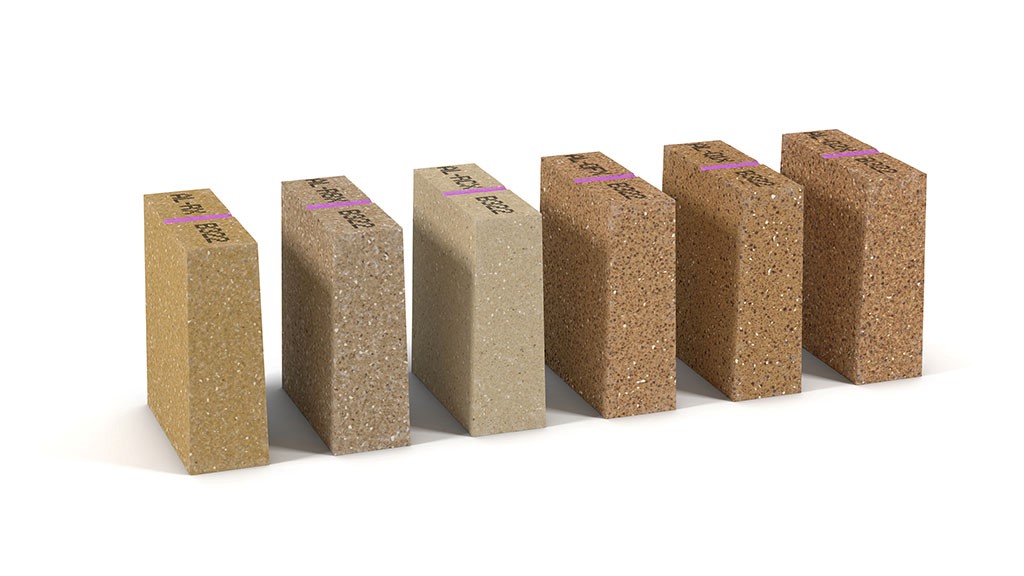Products that can withstand concurrent critical mechanical and thermal stresses have been a challenge in cement rotary kiln brick development all along.
The improvement of the brick flexibility by increasing the flexibilizer leads to an increased alumina content.
Nevertheless, an increased alumina content has a negative influence on the refractory materials and clinker melt resistance.
Because of this challenge, RHI Magnesita has developed a solution: The Spinosphere Technology.

Heinz Telser
Head of Marketing and Technical Excellence, Business Unit Industrial
These benefits occur by designing cement rotary kiln bricks with the Spinosphere Technology.
As a result, previous restrictions on flexibility become history. By combining hot properties and flexibility in a novel way, even up to now conflicting properties are no longer a limitation!
 |
70% less Al2O3 content than standard bricks |  |
Excellent hot properties and mechanical flexibility now combined in one concept |
 |
70% less Al2O3 content than standard bricks |
 |
Excellent hot properties and mechanical flexibility now combined in one concept |
The product range comprises products based on different raw material concepts. This is required to cope with different levels of thermal, chemical and mechanical stresses. The extensive product portfolio enables to select the appropriate solution for different operational conditions and kiln sections, like:
The RX-Series features MgO levels of up to 94% resulting in a unique and so far unattainable combination of flexibility and refractoriness.
The QX-Series combines the Spinosphere and Hybrid Spinel Technology. It focuses foremost on mechanical but also chemothermal critical areas. The combination allows to achieve the outstanding flexibility levels known from ANKRAL QF at MgO levels as high as 92%.

The special feature about all Spinosphere products is their improved hot properties compared to equivalent conventional products.